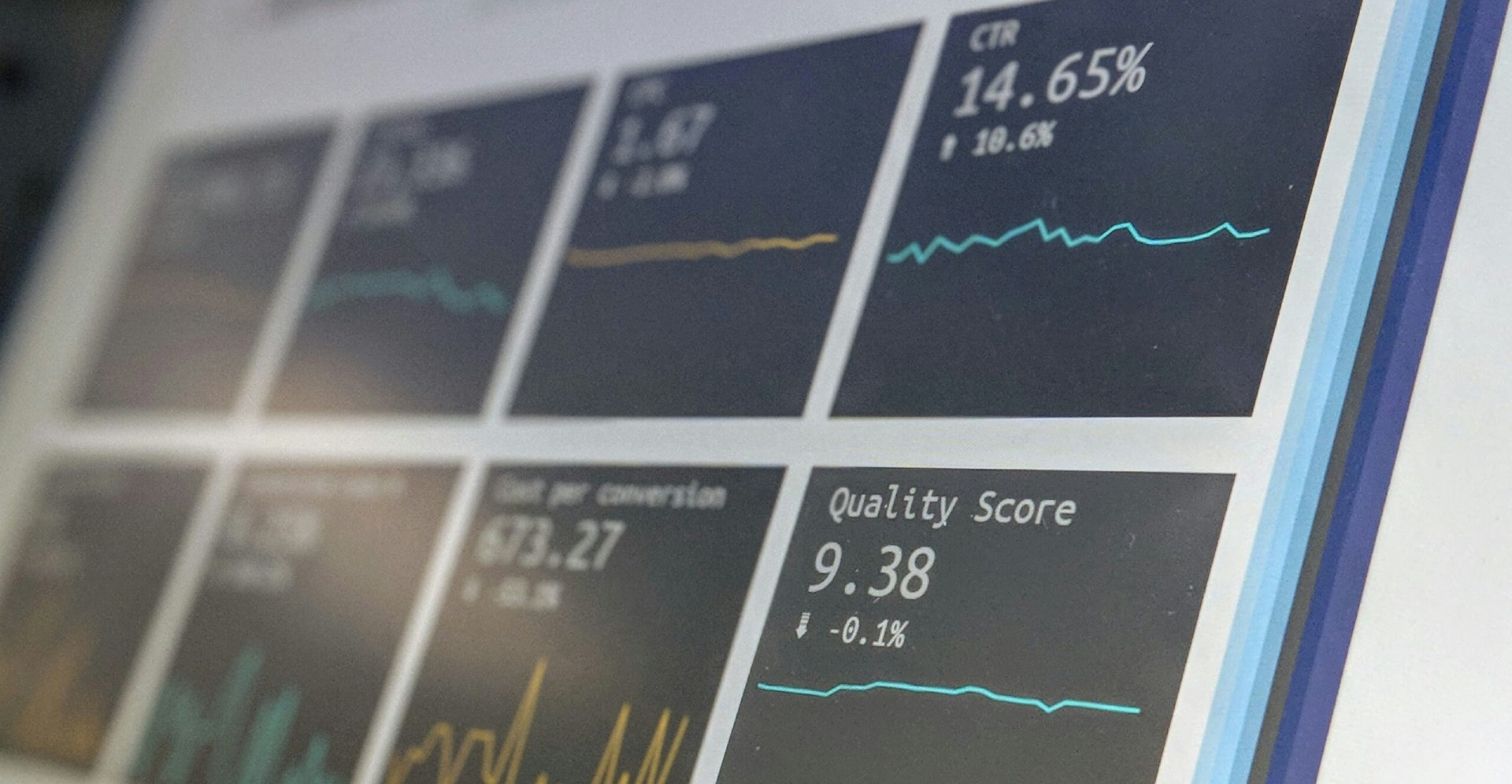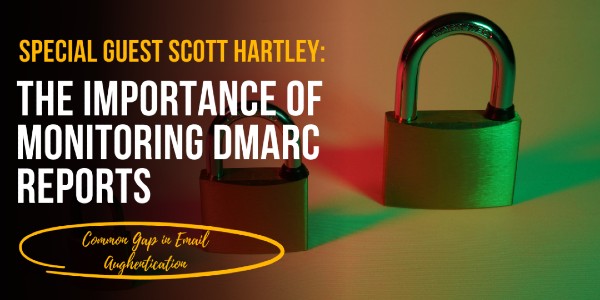When it comes to sending emails for our businesss, most people follow the basic instructions provided by their platforms (at least, you should).
Whether you use Keap, MailChimp, ActiveCampaign, or another service, you’ve likely set up the essential authentication records (SPF, DKIM, and DMARC). But too many businesses are still missing a critical step that leaves them vulnerable to hackers and spammers…
In my recent interview with Scott Hartley, email marketing and deliverability expert and author of Hit the Inbox: How to Avoid the Spam Folder & Grow Your Business with Email Marketing, we dove into the often-overlooked risks that DMARC (Domain-based Message Authentication, Reporting & Conformance) poses to your email reputation.

The Exploitable Gap in Your DMARC Setup
One of the biggest misconceptions is that setting up a DMARC record alone will protect your emails. Unfortunately, many businesses are vulnerable because they have it set up, but they’re not doing anything with that info.
The key here is to actively monitor your DMARC reports. (Trust me, I know how fun that sounds.)
DMARC is more than just a compliance measure—it offers valuable reporting that can alert you if unauthorized entities are sending emails from your domain. If you’re not monitoring your DMARC reports, hackers can spoof your domain, send spam emails, and damage your sender reputation without us even knowing.
Minimal Compliance Isn’t Enough
It’s kind of like buckling your seatbelt but placing it behind your back. Sure, you’re technically compliant, but it won’t protect you in an accident. Similarly, having a DMARC record without monitoring the reports leaves a wide-open window for spammers to exploit.
Compounding this issue is that many small businesses are easy targets for these bad actors because they don’t have time to deal with the technical nuances of email deliverability. While large companies often have teams actively monitoring their email systems, small businesses generally set up the basics and move on, which leaves us open to attacks that can harm their email reputation over time.
What can I do?
So what can we actually do, that’s the question right?
The key here is to not only enable DMARC reporting but also ensure that someone is regularly reviewing those reports. Services are available that can parse the complicated data into actionable insights, showing you whether unauthorized emails are being sent from your domain.
Here are a few actionable steps from Scott to tighten your email security:
- Set up DMARC reporting – If you don’t have this enabled, you won’t know if someone is spoofing your domain.
- Use a service to monitor reports – Parsing DMARC reports yourself can be challenging. Consider using a tool or service to convert this data into clear information.
- Find the right expert – Not every IT professional or managed service provider (MSP) understands email deliverability. Make sure you partner with someone experienced in DMARC reporting and email security.
We get it – Small businesses already face many challenges, and email deliverability might not always seem like a top priority. But ignoring DMARC monitoring could severely damage your ability to reach your audience. Scott offers expert services to help small businesses protect their email domains and improve deliverability.
If you’d like to learn more, check out his book Hit the Inbox: How to Avoid the Spam Folder & Grow Your Business with Email Marketing.





